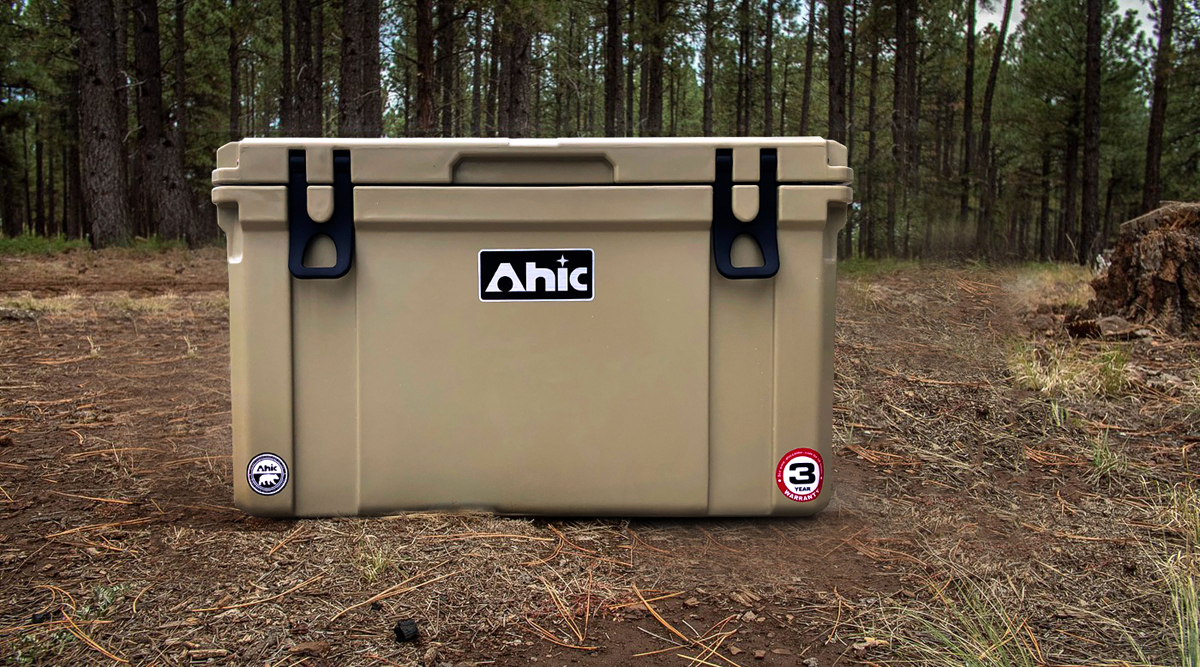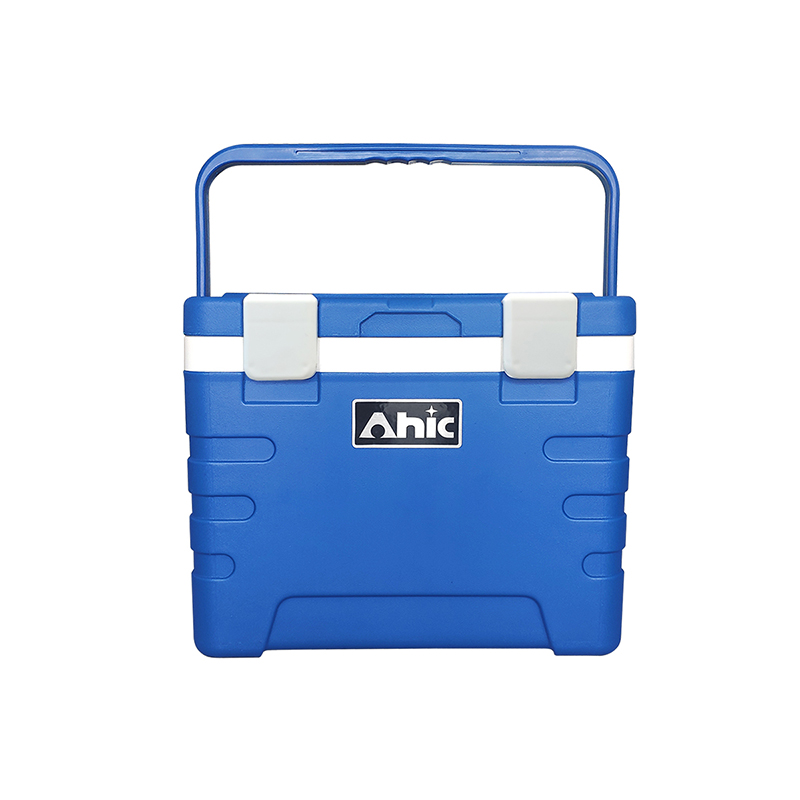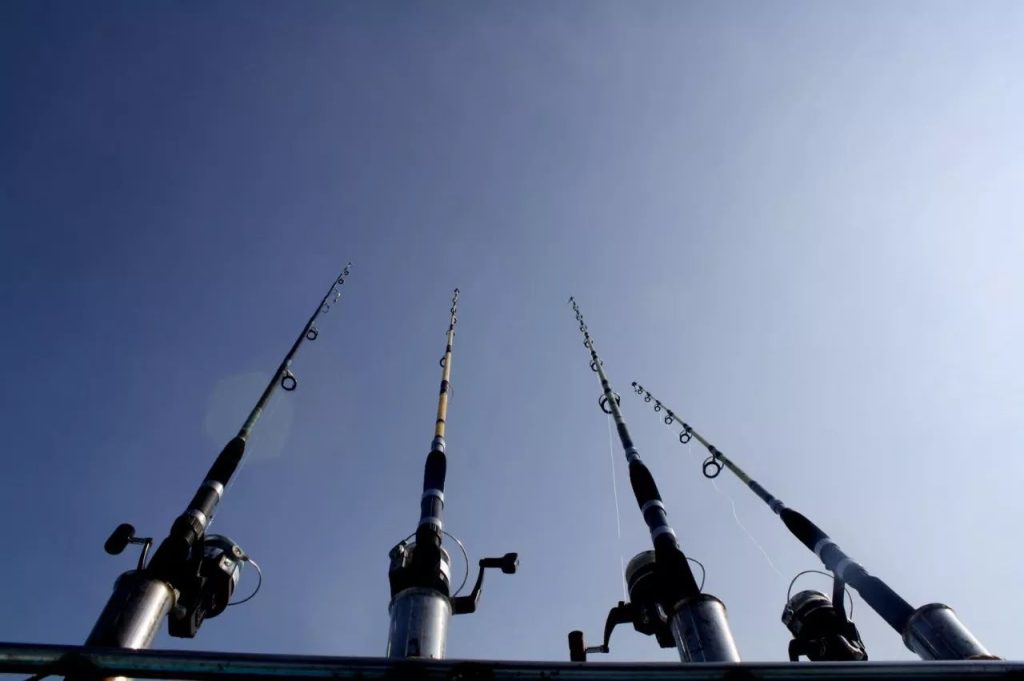
When friends gather to joyfully share the experience of boat fishing, there are often one or two individuals who remain silent. When asked, “Brother, will you join us next time?” they respond with, “No, I get seasick.” For an avid boat fishing enthusiast, seasickness is the greatest adversary. However, aside from those who suffer from severe seasickness, individuals with mild symptoms can often overcome it through certain strategies. The key points to consider are as follows:
1. Check the Sea Wind Forecast Before heading out, pay attention to the sea wind forecast. For those embarking on their boat fishing journey for the first time, it is advisable to choose a day with light winds for your outing; if you have not yet fished in nearby waters, consider spending a day on a small boat close to shore. If you feel comfortable during this initial outing, then you may attempt deeper waters such as sunken ships.
2. Avoid Alcohol and Ensure Rest: Refrain from consuming alcohol the night before your trip; instead, aim for an early bedtime and ensure adequate sleep.
3. Opt for a Light Breakfast: Have a light breakfast consisting mainly of easily digestible foods—avoid overeating and limit water intake.
4. Take Preventive Medication: Consume anti-seasickness or anti-motion sickness medication approximately half an hour prior to departure and carry additional remedies such as lozenges and patches.
5. Engage Your Mind During Transit: While traveling by boat towards sunken ships or other fishing spots, fishermen can wear headphones and listen to music or audio books; however, it is important that this activity involves listening rather than watching visual content on screens since prolonged screen exposure can exacerbate seasickness symptoms. Diverting attention away from discomforts while alleviating tension can significantly help relieve symptoms.
6. Prepare at Home: Aim to complete as much preparation at home as possible in order to minimize downward gazes once aboard the vessel. Fishermen prone to seasickness frequently report that looking into the distance poses no issues; however long periods spent tying hooks while focusing downwards tend to trigger nausea.
7. Replenish Energy Gradually: Once seasickness symptoms subside somewhat, consume liquid food items gradually in order to replenish energy levels and assist your body in returning to normalcy. By following these guidelines thoughtfully prepared anglers may enhance their enjoyment of boat fishing while mitigating potential discomfort associated with motion sickness.

Someone asked, “Is it safe to go out to sea?” This question can be addressed from two perspectives: equipment and personnel. Professional fishing vessels are typically over 18 meters in length and possess a power output exceeding 150 horsepower. Their stability and capacity to withstand waves far surpass those of ordinary speedboats and small boats. Prior to each voyage, dedicated crew members conduct thorough inspections of all equipment on board, thereby minimizing the likelihood of any malfunctions. In the event of an emergency, anglers can utilize the onboard intercom system or satellite phone to request assistance at any time. Although safety is a topic that has been extensively discussed, it remains paramount.
In addition to wearing life jackets and consuming little or no alcohol, anglers should also pay attention to the following details:
1. After removing the lead sinker from the water, anglers should either place it on the deck or within the ship’s railings or secure it in a designated area. It is imperative never to leave the lead sinker resting on the ship’s railings. I have witnessed numerous instances where anglers bent down to remove hooks and bait while a lead sinker placed on the rail fell into the sea due to vessel movement; this often resulted in a #26 barbed hook being pulled down with it, directly piercing an angler’s hand—a pain that is difficult to describe.
2. Avoid wearing shoes that expose the tops of your feet. One of my angler friends once caught nearly a one-pound black seabass; however, in his excitement as he reeled it in, he lost grip when it slipped off mid-air—resulting in its barb piercing his foot’s top surface and causing significant swelling and discomfort.
3. Adhere strictly to instructions given by your captain. The captain possesses superior safety awareness compared with any individual angler aboard their vessel; they will only set sail when they are confident everything is secure for navigation. Frequently, even if weather forecasts indicate favorable conditions, captains may still opt for returning—this decision reflects their commitment not just towards financial gain but primarily towards ensuring overall safety for everyone aboard. Anglers should fully comprehend these considerations and exercise patience regarding such decisions.
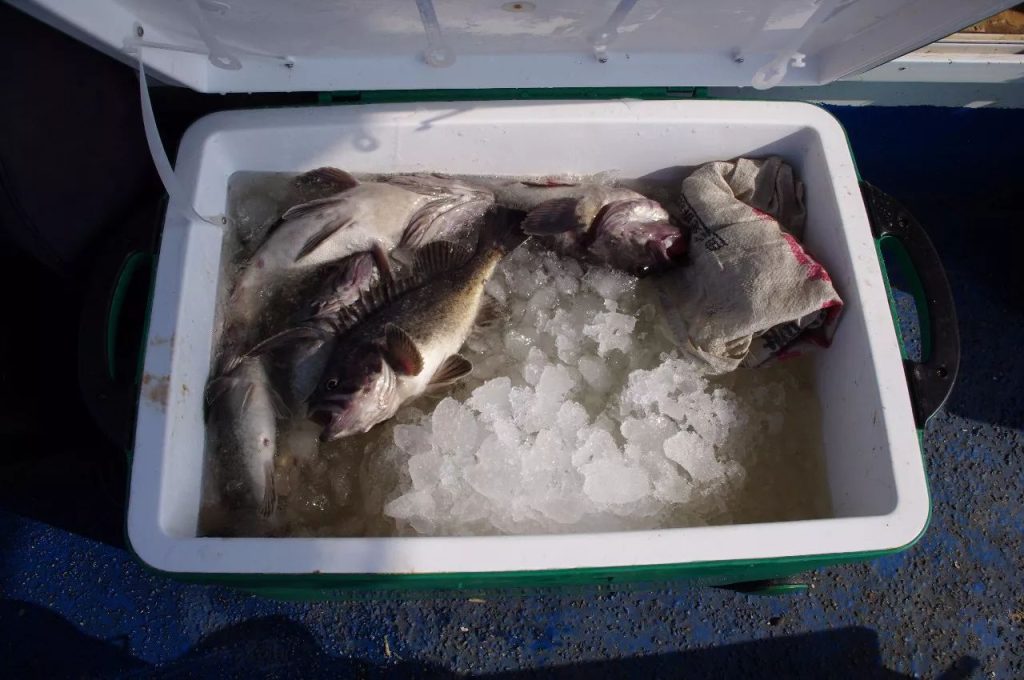
The key to enjoying seafood delicacies lies in the freshness of the ingredients. Therefore, having a large and high-quality cooler is essential. As the saying goes, “The size of the box determines the size of the harvest.” So, how large should a cooler be for deep-sea fishing? In my opinion, it should have a capacity of at least 80 liters. Merely possessing a cooler is not sufficient; ice is also necessary. Typically, fishing boats provide ice for anglers. If this service is unavailable, anglers can purchase ice in advance from aquatic product markets. A nylon bag of ice costs approximately seven or eight yuan and can last up to two days. The most common method employed by anglers to preserve their catch involves placing ice in the cooler and laying the fish on top of it. As more fish are caught, anglers may need to empty the cooler and place some fish at the bottom while covering them with crushed ice. However, this method presents a challenge: as the ice compresses against the fish and vice versa, melting occurs due to pressure which results in fresh water pooling around them—ultimately causing damage to their shape.
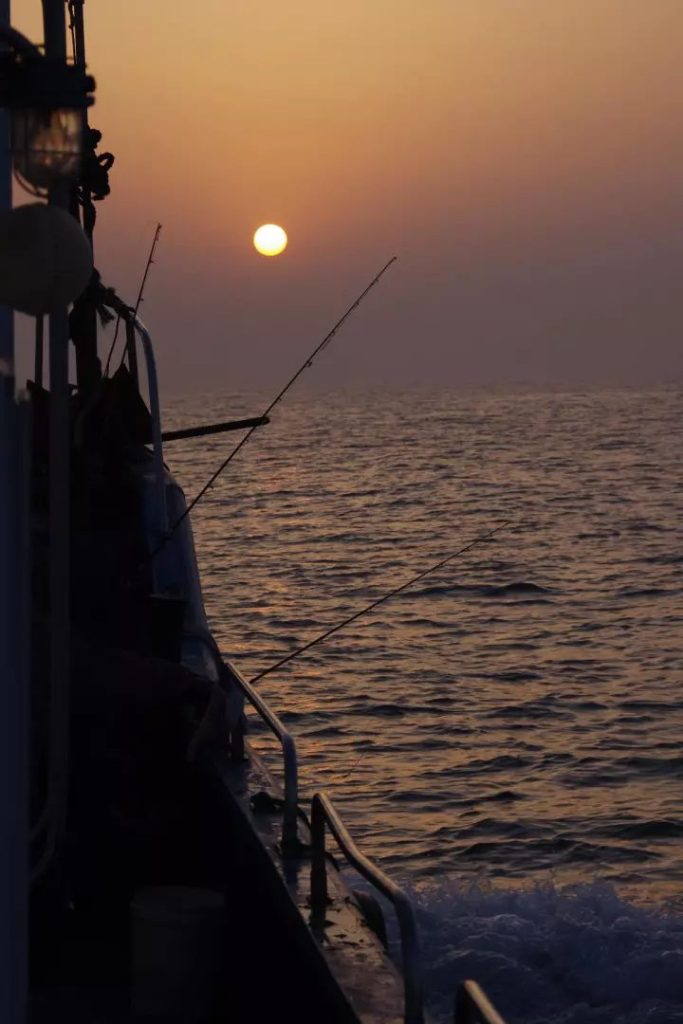
Here, we present a specialized preservation method for fish. The primary requirement is to have a large-capacity insulated box. The procedure is as follows: Before fishing, fill the insulated box with ice, ensuring that the volume of ice occupies one-third of the box’s capacity. Next, pour seawater into the insulated box until it covers the layer of ice by 5 to 10 centimeters. Subsequently, add half a package of regular table salt into the insulated box. At this stage, you may place your catch in the box. If all the ice melts completely, simply add more ice as needed. Fish preserved using this method will remain as fresh as when they were just caught for up to two days.


